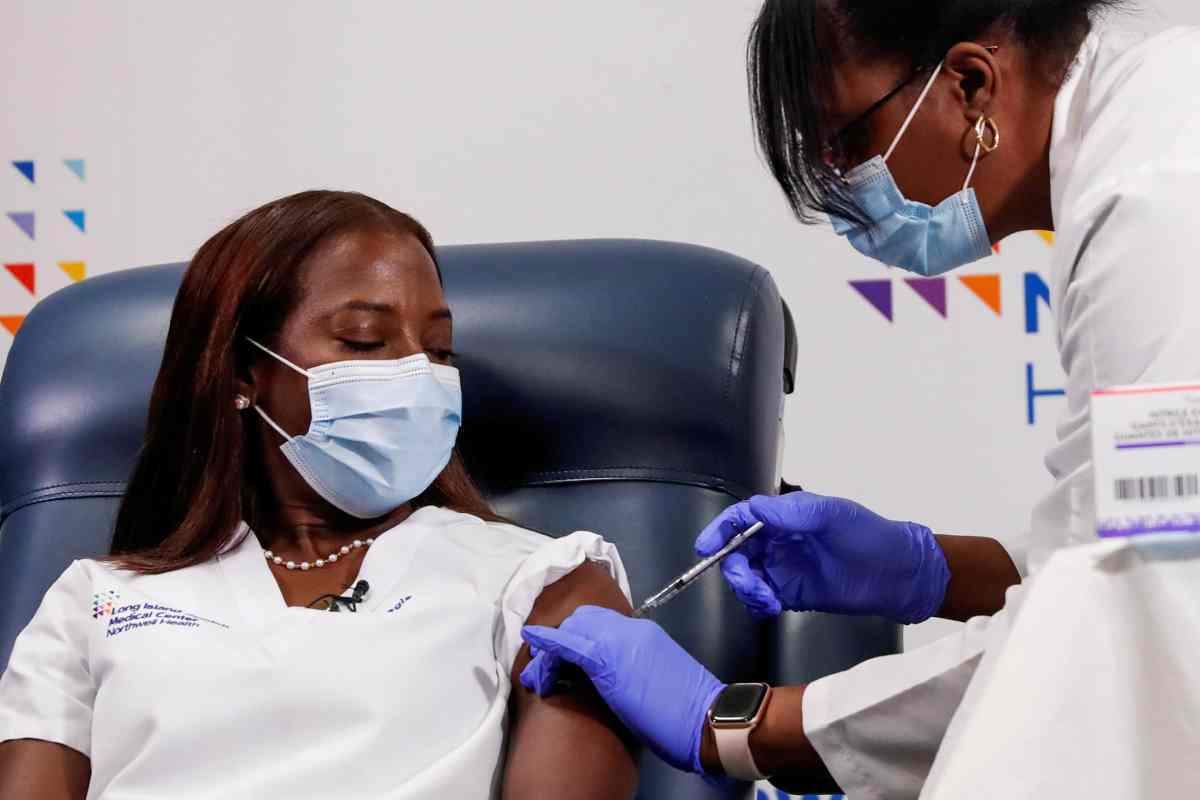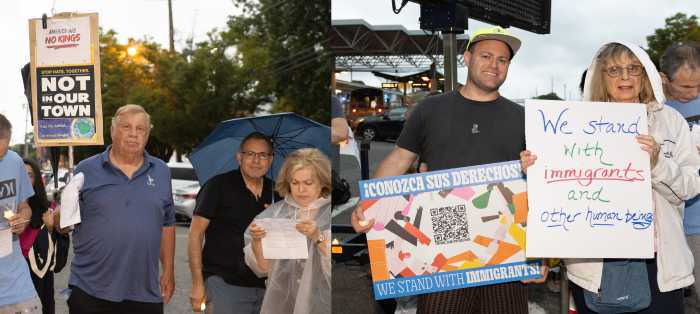March 5 marks a year since Nassau County officials confirmed the first patient on Long Island to be diagnosed with Covid-19 — and the global pandemic upending daily life locally days later.
Since then, more than 300,000 cases of the coronavirus have been confirmed in Nassau and Suffolk counties, with two thirds of those identified since the second wave began in November. About 6,000 Long Islanders succumbed to the virus since Suffolk confirmed the region’s first fatality March 16, 2020. Despite health advances in treating patients and curbing the spread of the pandemic since then, vaccine access remains an issue on Long Island as New York State blamed federal supply bottlenecks for not keeping up with demand. Meanwhile, local lawmakers continued to urge state leaders to make sure residents get their fair share moving forward.
“While we are still a ways away from the one percent positivity rate we were hovering around for months, our seven day rolling average continues to trend steadily downward,” Suffolk County Executive Steve Bellone said. “We have made a lot of progress over the last few weeks, and if we keep practicing the common sense safety measures that work, we can keep the decline going until we crush this virus once and for all.”
The United States on Feb. 22 crossed the staggering milestone of 500,000 Covid-19 deaths just over a year to the day since the coronavirus pandemic claimed its first known U.S. victims in Santa Clara County, Calif. About 19 percent of total global coronavirus deaths have occurred in the United States, an outsized figure given that the nation accounts for just 4 percent of the world’s population.
Nassau recorded its first fatal case of the coronavirus on St. Patrick’s Day, the same day that New York State temporarily banned dining at all restaurants statewide and ordered eateries operate as take-out only. It wasn’t until June that either county saw a day go by without a single Covid-19 death.
Aside from the widespread telecommuting, remote learning, mask-wearing, and other societal shifts in response to the pandemic locally and beyond, one of the most headline-grabbing sagas over the past year is that of Gov. Andrew Cuomo. The governor had become a national figure overnight thanks to his daily news briefings that earned him an Emmy Award. Nowadays, critics are calling on state lawmakers to revoke the governor’s emergency powers granted at the start of the coronavirus pandemic after it was recently revealed that Cuomo’s office underreported the statewide nursing home death toll. Cuomo has come under investigation for the underreporting. A government watchdog group sued the state for records documenting the deaths, prompting a court to order the state to finally release the information nearly a year after the pandemic began.
Similarly controversial has been the vaccine rollout, with officials critical of the lack of supply despite a Long Island nurse being the first in America to get the shot. So far, those eligible to get vaccinated are in groups 1a and 1b, which includes teachers, first responders, public transit workers, public-facing grocery store workers, people in homeless shelters, anyone older than age 65, and people with certain comorbidities. But supply bottlenecks continue to cause long delays for members of the public seeking to secure appointments. It is expected to take until the end of the year before the population is likely to reach herd immunity, or 70 percent inoculation.
Adding to public concerns are new more contagious strains popping up in the region. As of press time, on LI there were two cases of the South African variant, 23 cases of the UK strain, and a new strain known as B.1.526 first identified in samples collected in New York in November, and by mid-February represented about 12 percent of cases, researchers at Columbia University Vagelos College of Physicians and Surgeon said on Feb. 24.
The Columbia researchers said an analysis of publicly available databases did not show a high prevalence of coronavirus variants recently identified in South Africa and Brazil in case samples from New York City and surrounding areas.
“Instead we found high numbers of this home-grown lineage,” Dr. Anne-Catrin Uhlemann, assistant professor in the division of infectious diseases at Columbia University’s College of Physicians and Surgeons, said in a statement.
-With Reuters
For more coronavirus coverage, visit longislandpress.com/coronavirus.



























